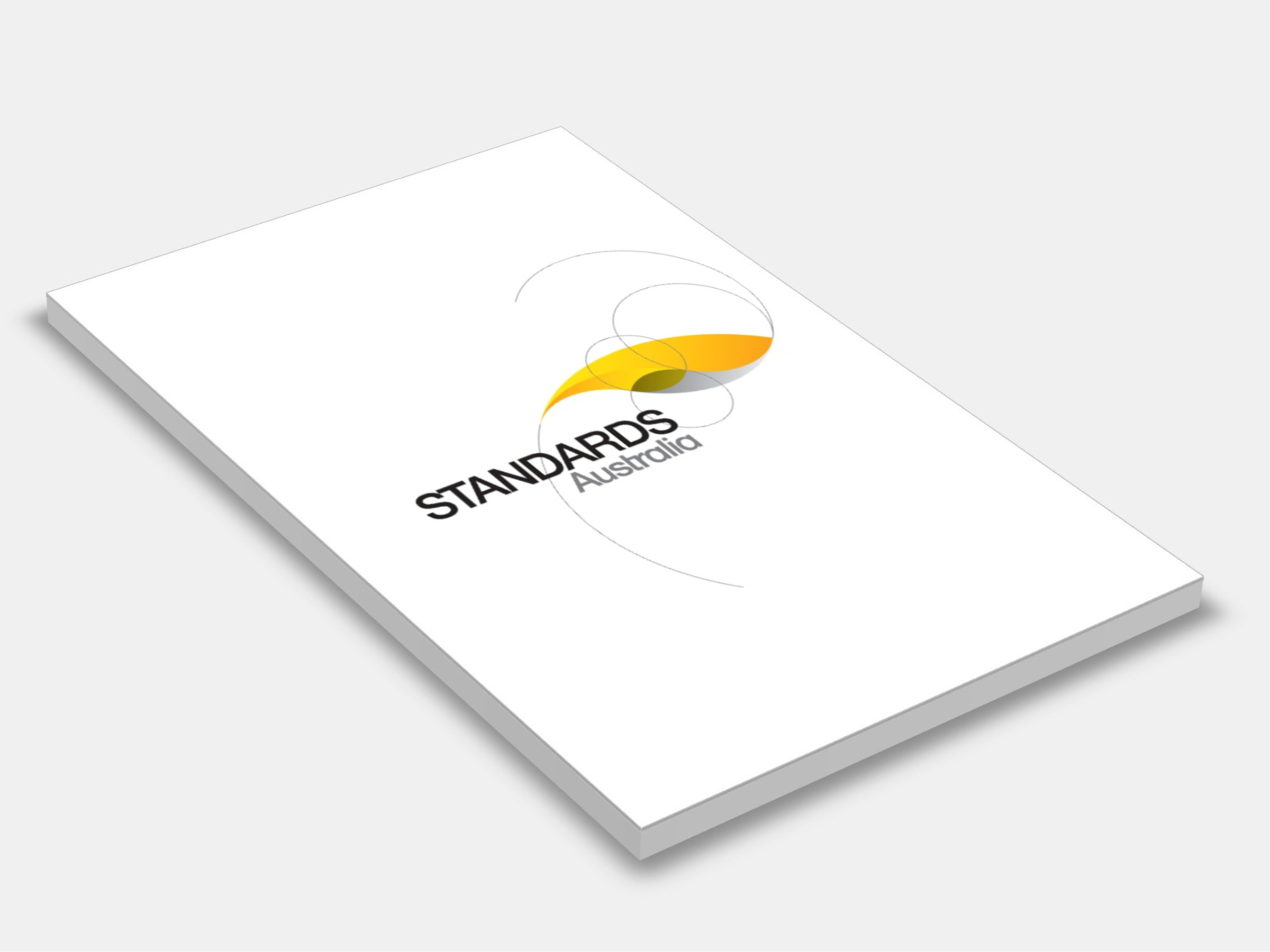
Type
Publisher
Standards Australia/Standards New Zealand
Publisher
Standards Australia/Standards New Zealand
Version:
First Edition 1995.
(Current)
Short Description
This Standard sets out the method of determining the water permeability of damp-proof courses and flashings.
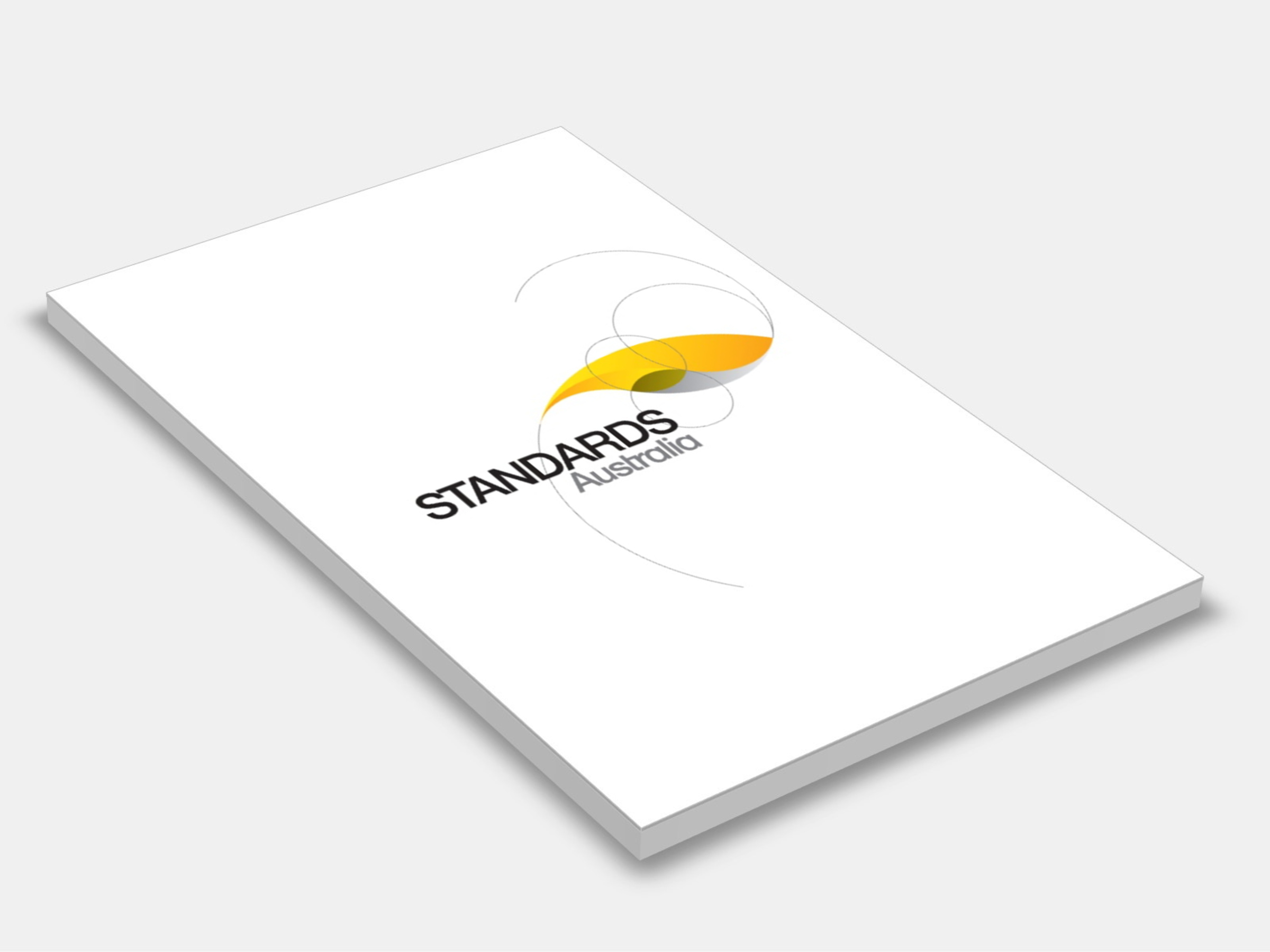
Type
Publisher
Standards Australia/Standards New Zealand
Publisher
Standards Australia/Standards New Zealand
Version:
First Edition 1994.
(Current)
Short Description
Specifies a PAR spectrometric method for the determination of niobium content between 0.005 percent and 1.3 percent in steel. This Standard is technically identical with and reproduced from ISO 9441:1988.
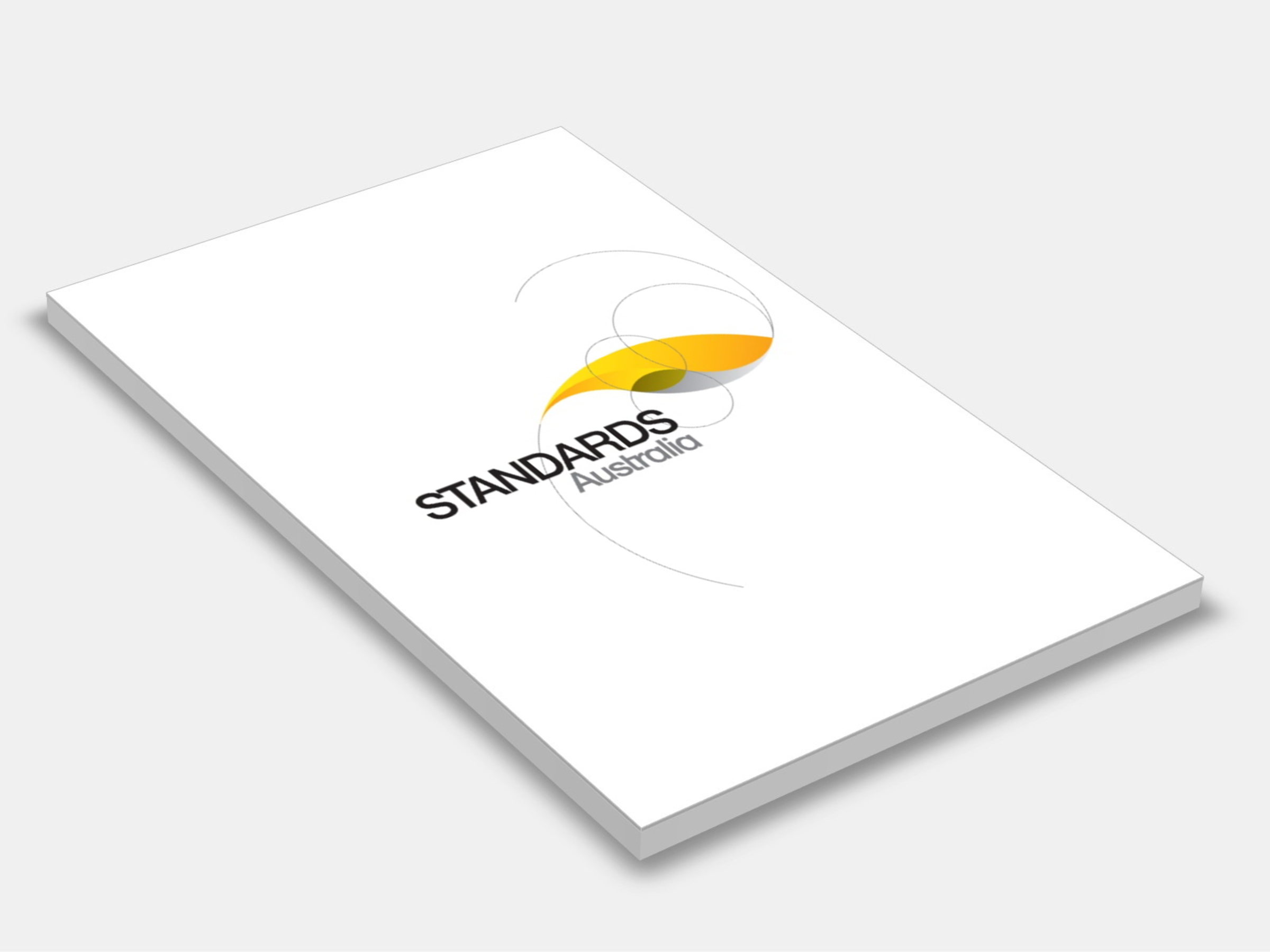
Type
Publisher
Standards Australia
Publisher
Standards Australia
Version:
First Edition 2002.
(Current)
Short Description
Specifies the dimensions, thread forms, lead types, mechanical properties and performance and working requirements for self-drilling screws intended for drilling and tapping into steel and fixing to timber.
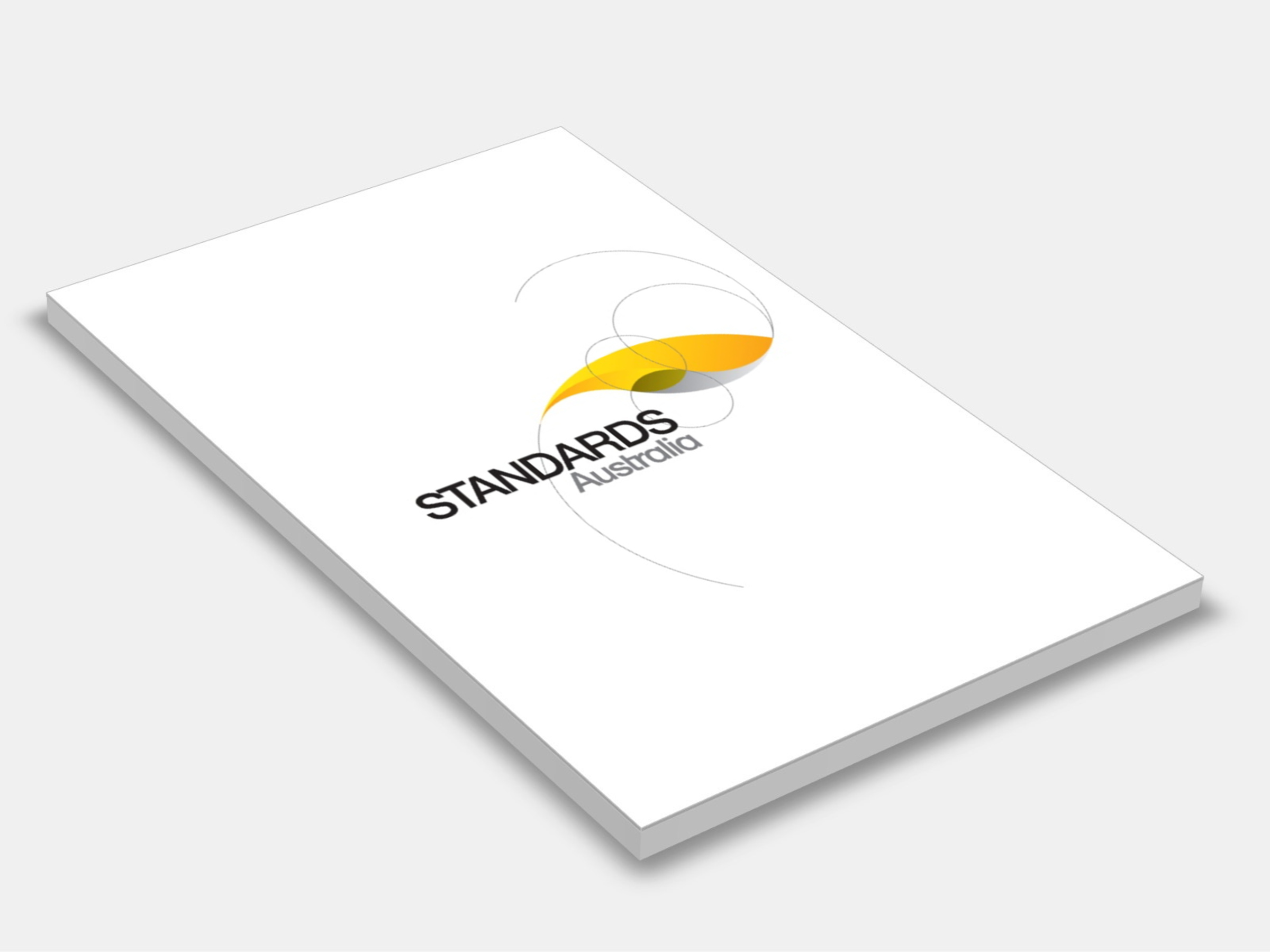
Type
Publisher
Standards Australia
Publisher
Standards Australia
Version:
First Edition 2002.
(Current)
Short Description
This Standard sets out a method to assess the weather resistance of the body of a properly fixed tiled roof.
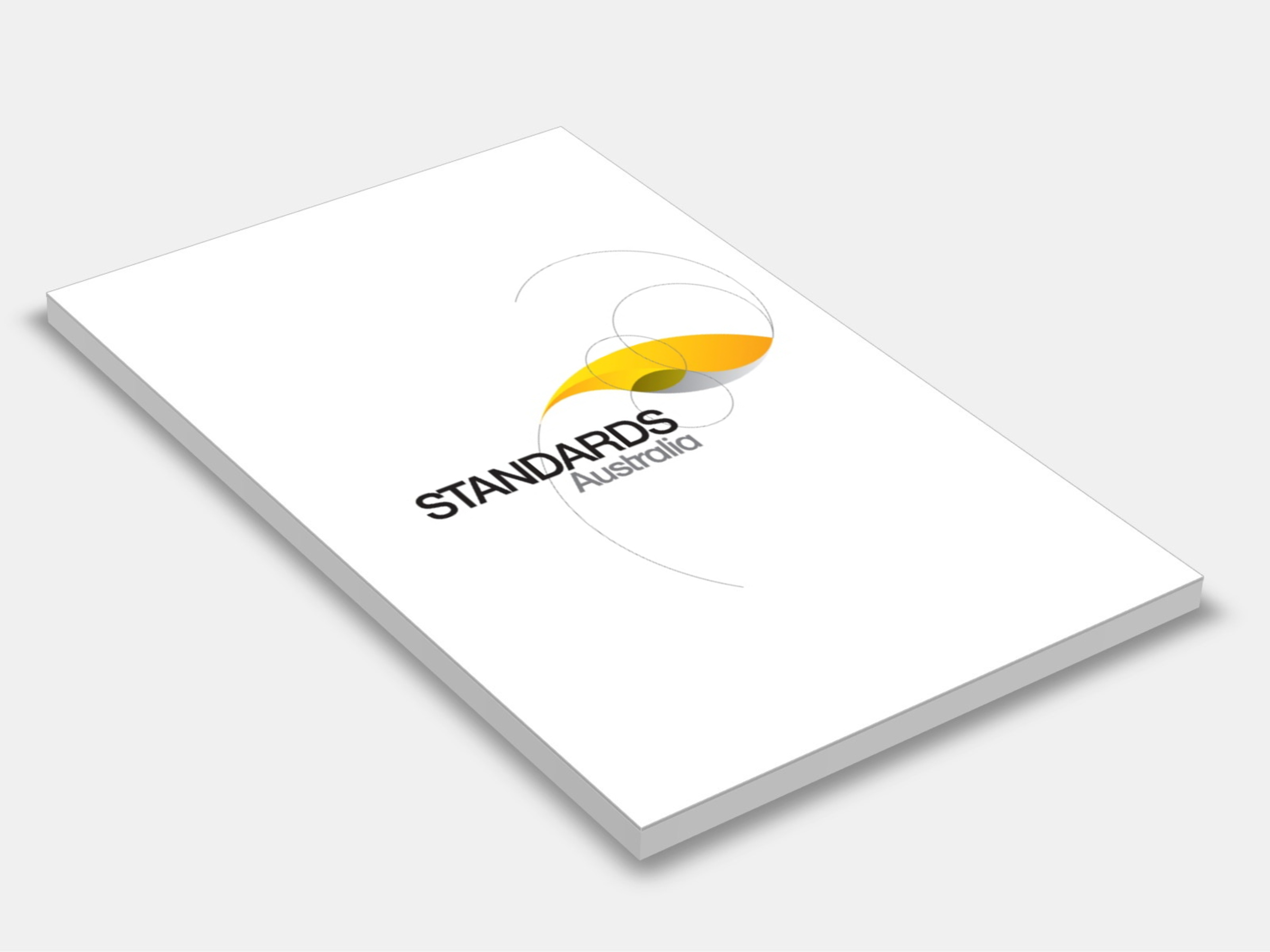
Type
Publisher
Standards Australia
Publisher
Standards Australia
Version:
Third Edition 2017.
(Current)
Short Description
Sets out a method for the determination of the relationship between the moisture content and the dry density of a soil, when compacted, using modified compactive effort (2703 kJ/m3).
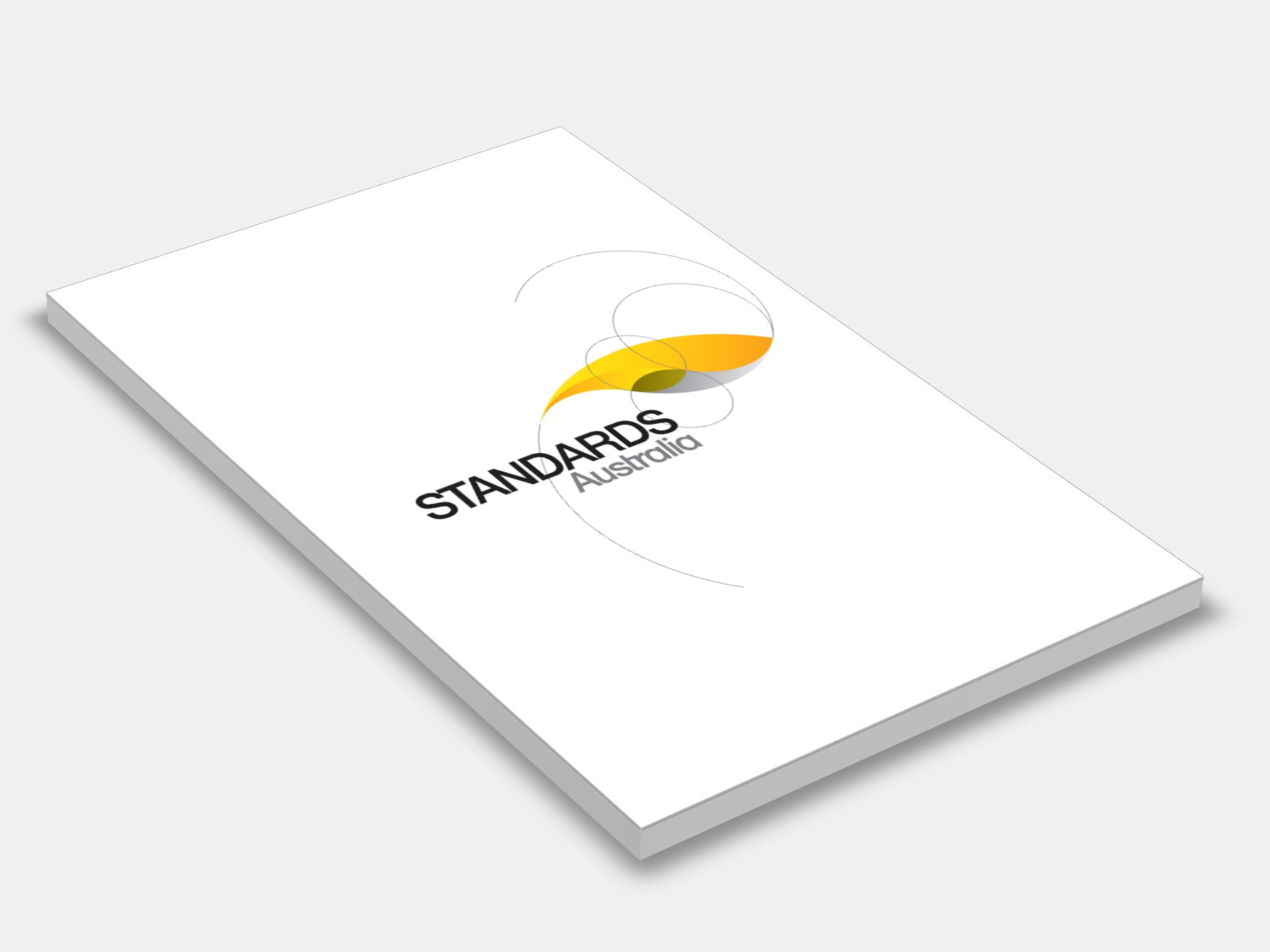
Type
Publisher
Standards Australia
Publisher
Standards Australia
Version:
Second Edition 1997.
(Current)
Short Description
Specifies procedures for the determination of static chord modulus of elasticity and Poisson's ratio.
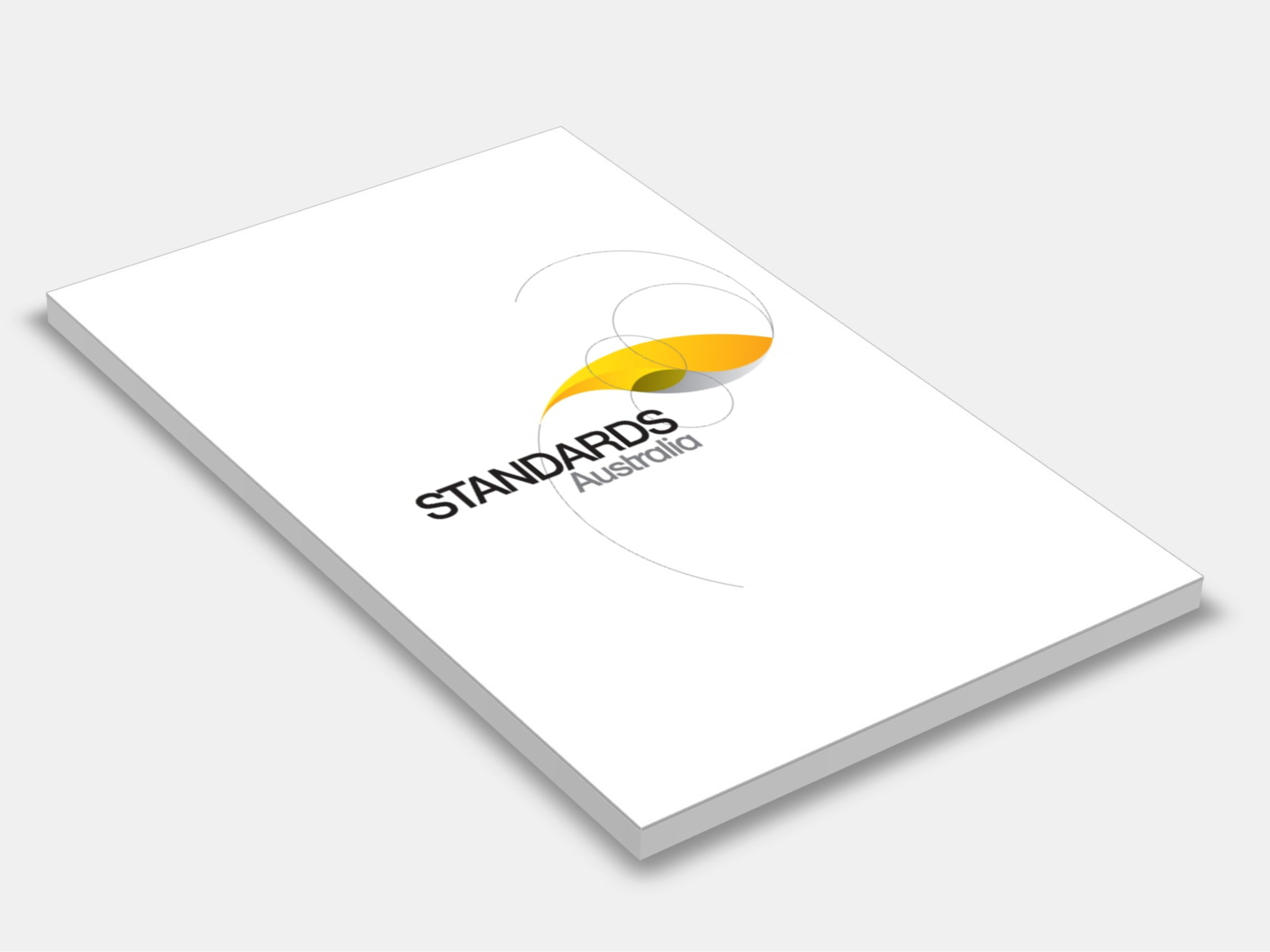
Type
Publisher
Standards Australia
Publisher
Standards Australia
Version:
First Edition 2005.
(Pending Revision)
Short Description
To provide designers, purchasers, authorities and manufacturers of structures in the marine environment with guidelines for the design of structures in a marine environment.
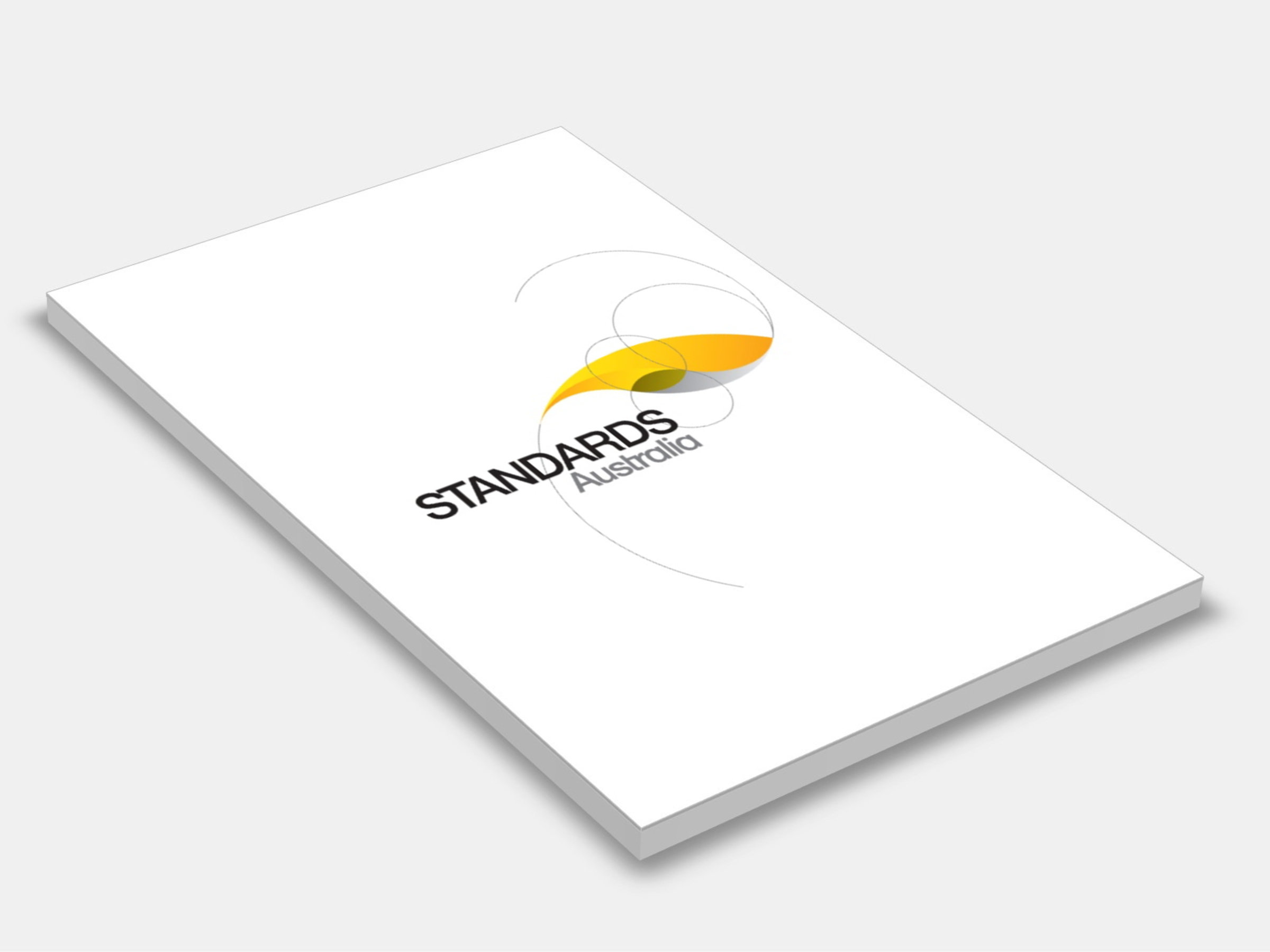
Type
Publisher
Standards Australia
Publisher
Standards Australia
Version:
Third Edition 2018.
(Current)
Short Description
This Standard sets out the method for testing aggregates to determine the loss of mass due to disintegration when exposed to sodium sulfate solutions over repeated cycles of wetting and drying
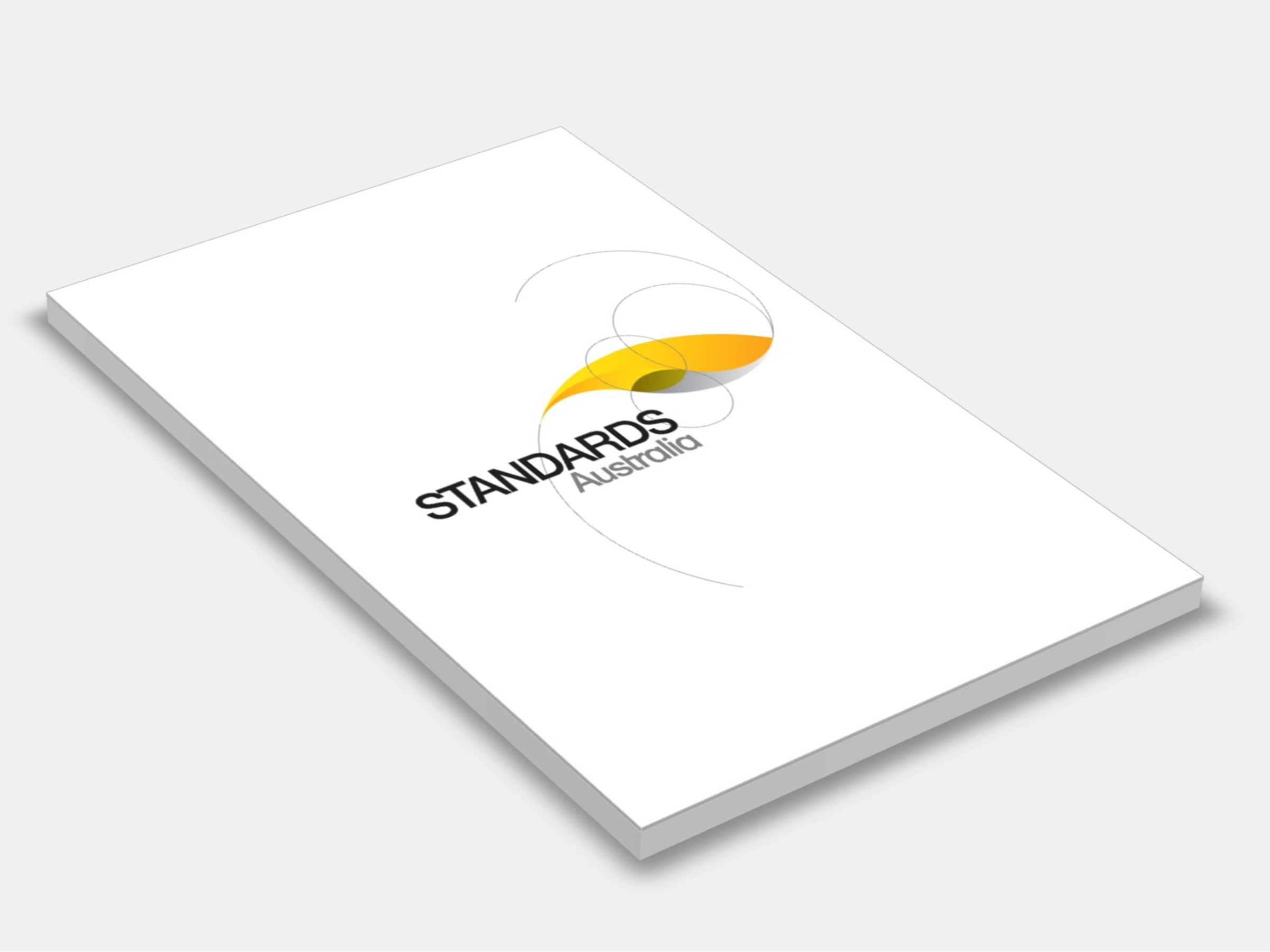
Type
Publisher
Standards Australia
Publisher
Standards Australia
Version:
Fourth Edition 2014.
(Current)
Short Description
Sets out the method for determining the mass per unit volume of freshly mixed concrete that is in the plastic state.
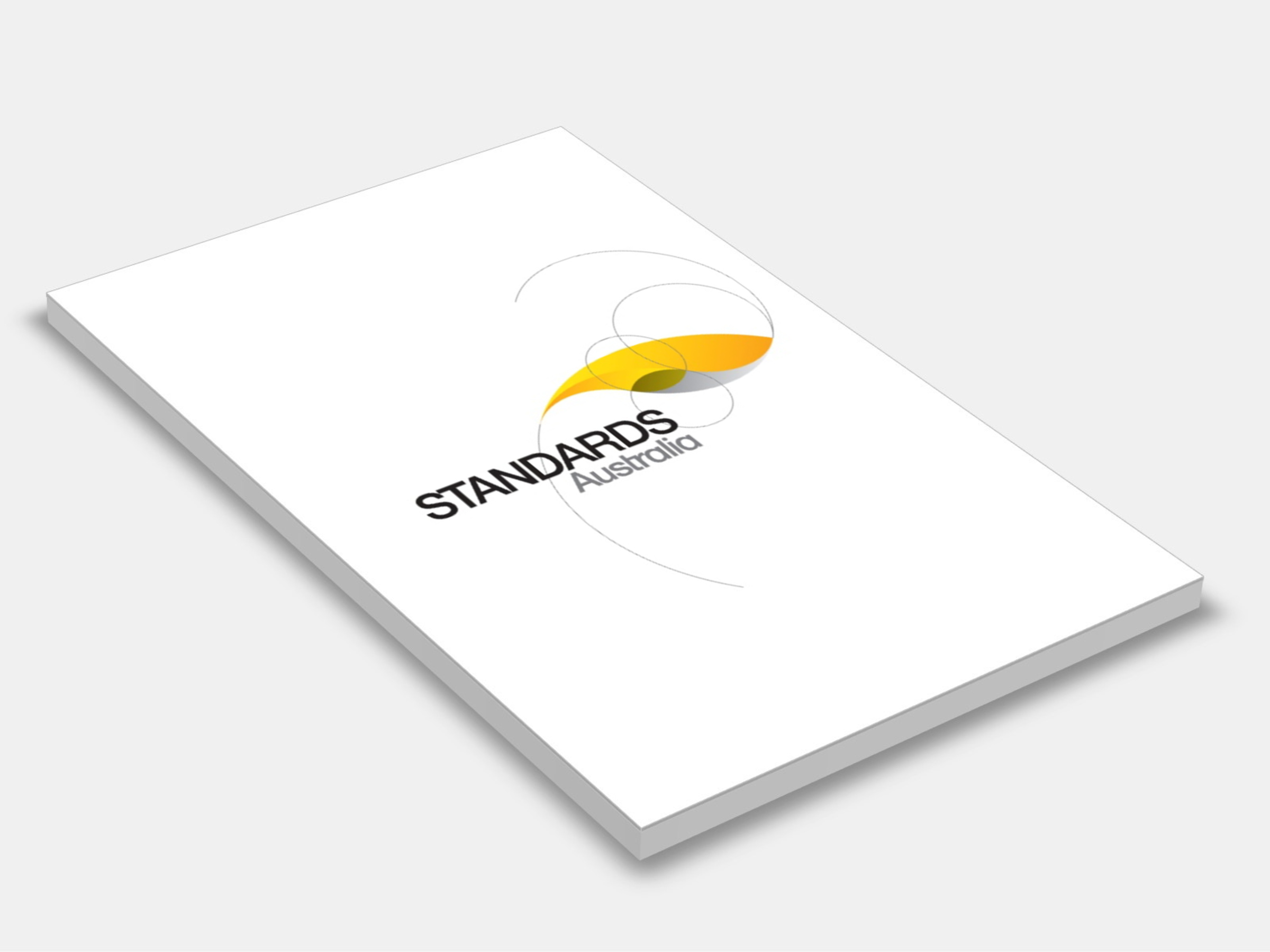
Type
Publisher
Standards Australia/Standards New Zealand
Publisher
Standards Australia/Standards New Zealand
Version:
First Edition 1996.
(Current)
Short Description
This Standard specifies a method for the measurement of the thickness of pile above the backing of a textile floor covering and is applicable to all textile floor coverings having a pile of cut or looped yarn. Where areas of different construction or thickness exist, these should be tested separately if possible. This method is non-destructive of the floor covering specimen and is useful particularly for production control in manufacture and for measurements on installed carpets.